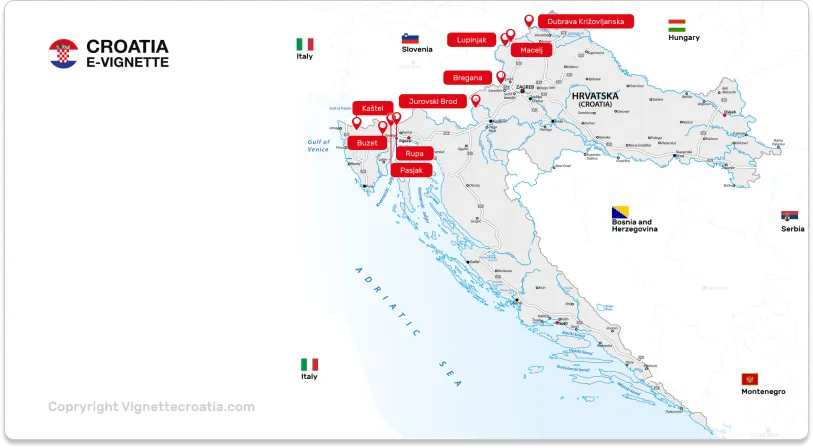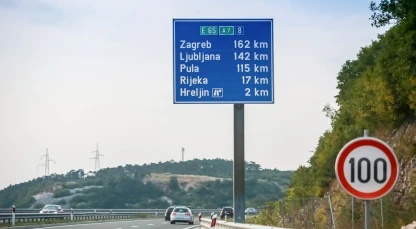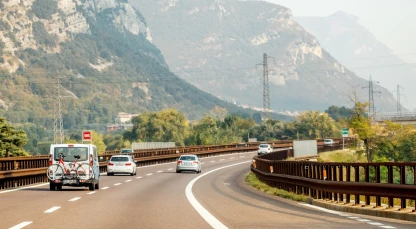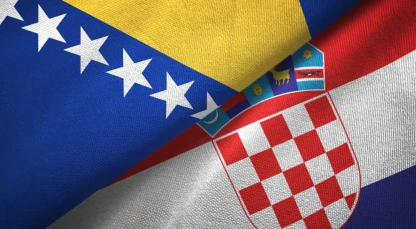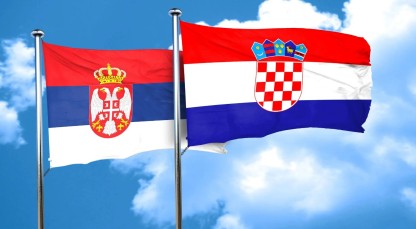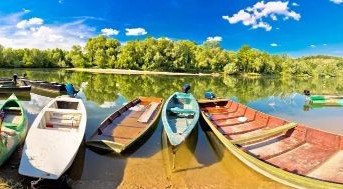Border crossings Croatia and Slovenia border
A recent change at the Croatia-Slovenia Border?
On the 1st of January, 2023, the Republic of Croatia became a member of the Schengen Area, recognised as one of the greatest measures of the European Union. Croatians joined millions of citizens of member states in being able to travel freely between the various member countries.
Croatians can now proceed unhindered into Slovenia and other parts of the Schengen Area of the European Union. This applies to both the land border crossings and the sea borders.
Did you know that if you want to go from the Croatian capital (Zagreb) to the Slovenian capital (Ljubljana) you will use need a Croatian Vignette to travel on the expressways? Check here for more information and prices.
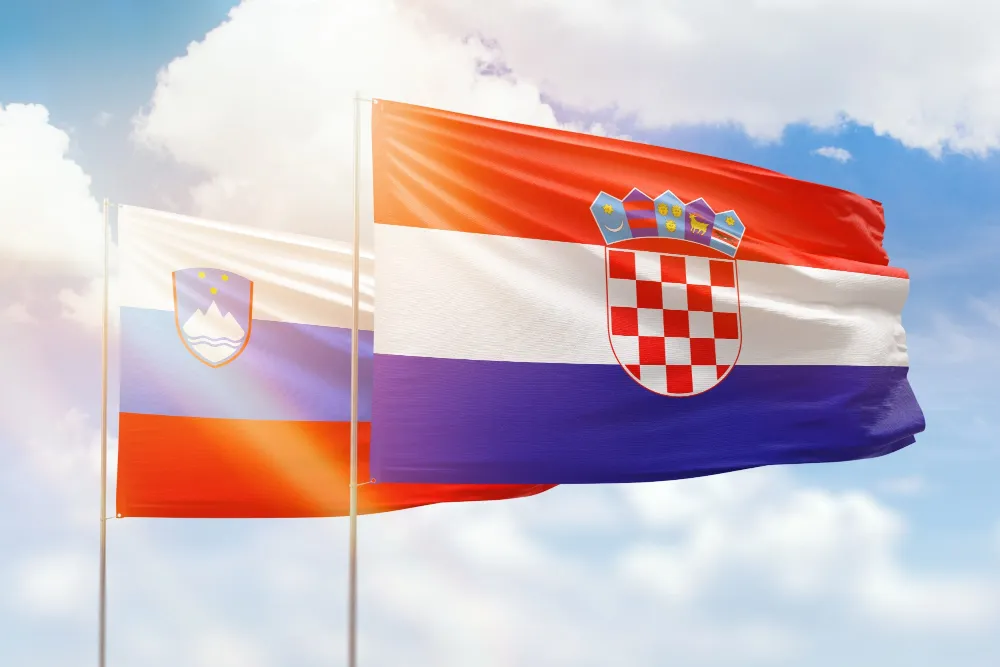
Law Enforcement at the Border between Croatia and Slovenia.
While the agreements allow free movement, the two states will jointly monitor security. The Slovenian police will be responsible for the external border but police officials from Croatia will supplement their efforts per their joint strategy. The internal land of each will remain in their respective jurisdictions.
It's best to check whether any security or safety measures are in place. Be aware that random checks by law enforcement from either country may still occur and declaring valid travel documents may be required for all travellers, in line with Schengen regulations.
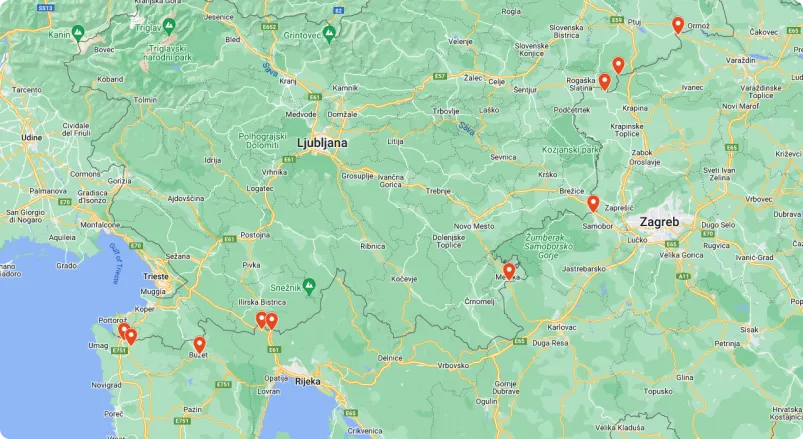
A little about Croatia
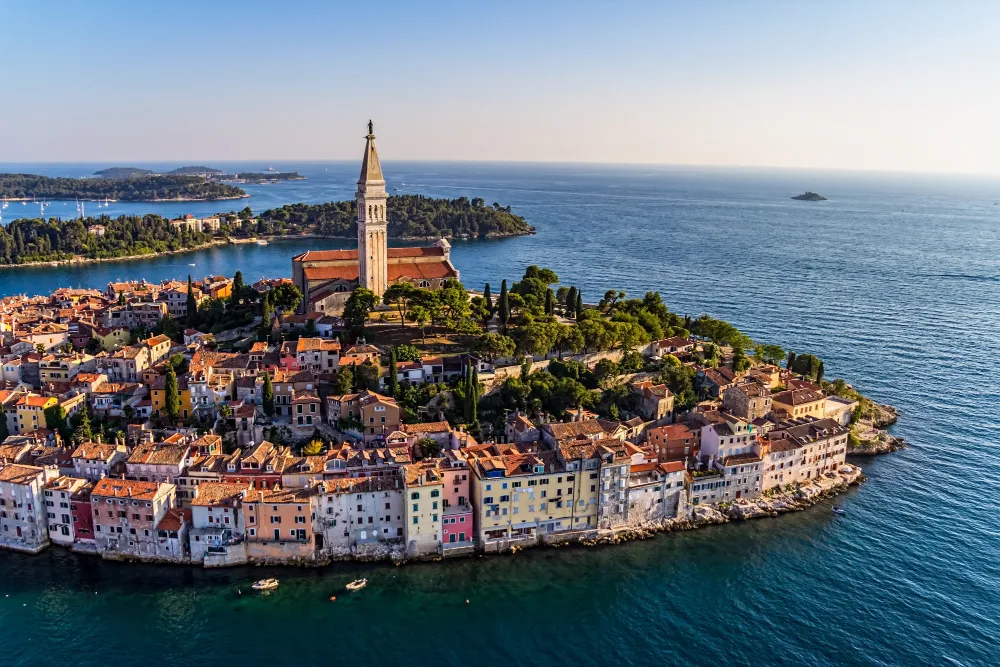
The Republic of Croatia straddles southeastern and central Europe. It shares borders with Slovenia to the northwest. The country of Hungary lies to the northeast, Serbia in the east, while Montenegro and Bosnia-Herzegovina lie southeast.
It has a scenic coastline along the Adriatic Sea, including 1200 islands Don't forget! If you want to visit the largest island, Krk, via the Krk Bridge, you have an obligation to buy a Vignette.
Choosing where to cross the border between Slovenia and Croatia
There are 58 crossing points between the two countries, albeit largely unmonitored. Where to cross will naturally depend on where in the country you are coming from and where you'd like to explore on your adventure trips. The Slovenia-Croatia border is 670-kilometres long, so it makes sense to cross at the right place.
So, take a look at a map and ask yourself a few questions if you plan on traversing the border from Croatia to Slovenia:
- Where will your trip start?
- Where will your trip end?
- Which border post is between the two points on your planned trip?
- Can you expect delays from heavy traffic at a particular land border or route?
- During your trip, are there likely to be police checkpoints?
Of the 58 crossing points mentioned, 42 are relevant for tourism. Of these, we will focus on the eight International ports of entry by land which are open 24/7.
Eight international border crossing points between Croatia and Slovenia
This list provides a few details about each border post from west to east.
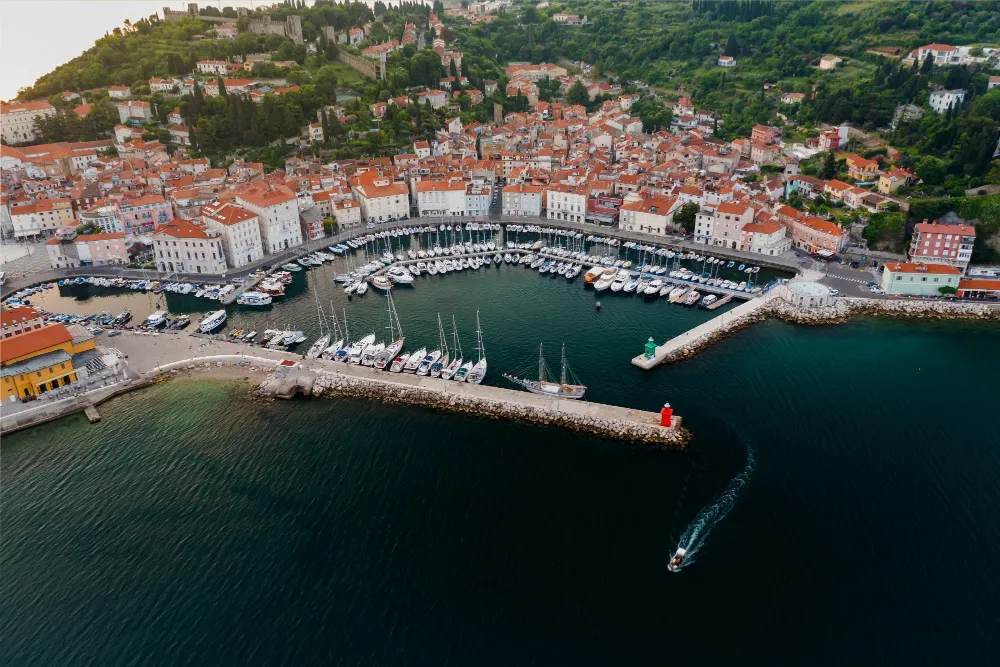
Kaštel Border Post
The gateway to the popular Istria region's beaches, and the cities of Split and Dubrovnik. Even traffic originating in Bosnia uses this route. As such, reciprocal Croatia-Slovenia traffic can be excessive.
Heading into Slovenian territory from Kaštel on the E751, join the D 200 which becomes the 111 at the border. This will take you to Sečovlje Salina National Park and the town of Piran on the Adriatic Coast, both of which are great places to relax.
Plovanija Border Post
You can avoid the congested traffic mentioned by using the Plovanija border crossing to enter Slovenia's territory. This will take you to Koper on the coast. Follow D 21 north and join the E751 to your destination. Continue on this road into Italy, to visit Venice.
Pasjak Border Post
Departing Rijeka or Plitvice Lakes National Park if you would like to go to Koper, follow the E61 over the border, before joining the A1 heading west to your destination. Alternatively, stay on the E61 if you want to go to Trieste, Italy.
Rupa Border Crossing
Useful if departing from Plitvice Lakes National Park or Rijeka and heading to Ljubljana. Also suitable for Triglav National Park and its beautiful mountains The driver should head along the E61 which will take you to Ljubljana.
Jurovski Brod Border Post
From central Croatia's city of Karlovac, follow the E65 west before joining the D6 north to Jurovski Brod. Continue over the Croatia and Slovenia border to the town of Novo Mesto. Here, head northwest to Ljubljana and the Julian Alps.
Bregana Border Post
This crossing border from Croatia to Slovenia also sits in the middle, between the respective capitals -- Zagreb and Ljubljana. Depart Zagreb on the E70. At the border, it becomes the A2 Croatia motorway, and you should reach Ljubljana within an hour from crossing.
Macelj Border Post
This crossing can be reached from Zagreb by joining the E59/A2 heading northwards to Donji Macelj and on into Slovenia. You will then reach Maribor. You can continue on to Graz, Austria, or west to Ljubljana.
Dubrava Krizovljanska Border Post
This crossing is great if you are heading into eastern Slovenia and a good alternative to Macelj (mentioned above) as it is only 50 km away. Follow the D2 west from Varaždin to the border where the road changes to the 228. This will take you to Borl Castle and the nearby town of Ptju
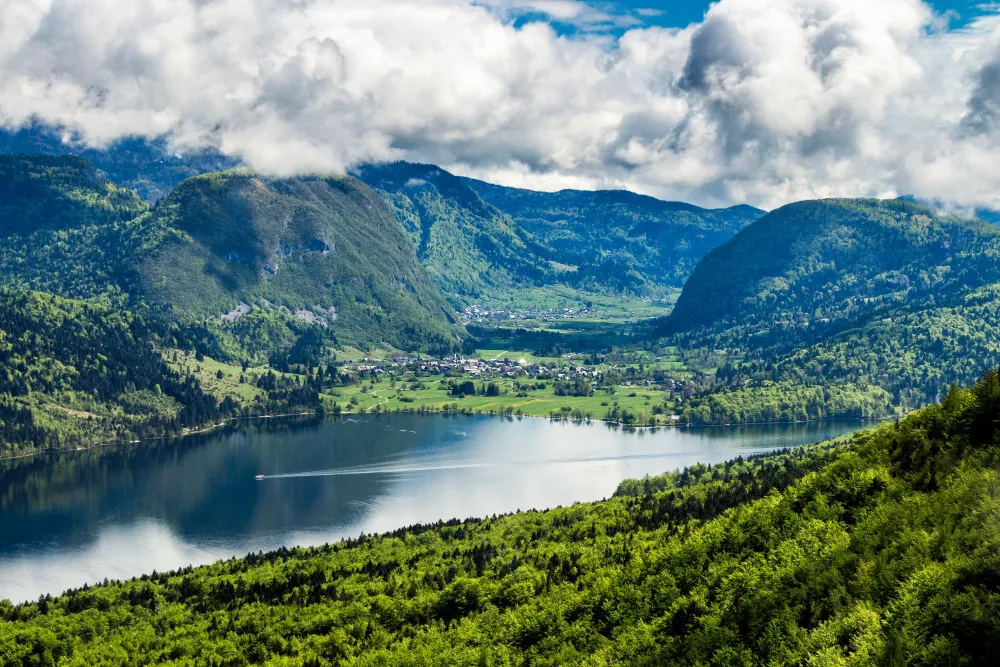
Other useful border crossing points between Croatia and Slovenia
Buzet Border Post
Close to both Plovanija and Kaštel, this is a good alternative to both if traffic builds up in the Summer.
Lupinjak Border Post
If you'd like to visit the spa at Rogaska Slatina, cross the border near Lupinjak. From Zagreb follow the E59 northwards before joining the D20. Look out for the turnoff to the frontier. Here the road becomes the 107, taking you to Rogaska Slatina. The Kozjanski National Park is a short drive south of there.
Croatia's busy border with Slovenia
In the past, crossing into or out of the country meant facing busy roads and congested border posts. With Croatia's admission into the Schengen Area, that will largely fall away during the week.
However, expect weekends and holidays, especially from June to September to be busy.
Use the internet to help plan your trips
To minimise delays and frustration, it is worthwhile checking online for any delays. You could try Google Maps or look for webcams of the crossing you'd like to use. And, don't forget to buy your Vignette online before you set off.
As with travel anywhere, a little planning can make a long journey feel shorter. By using resources like this, as well as other online travel tools, you'll be able to enjoy all the benefits of travel within the Schengen Area.
